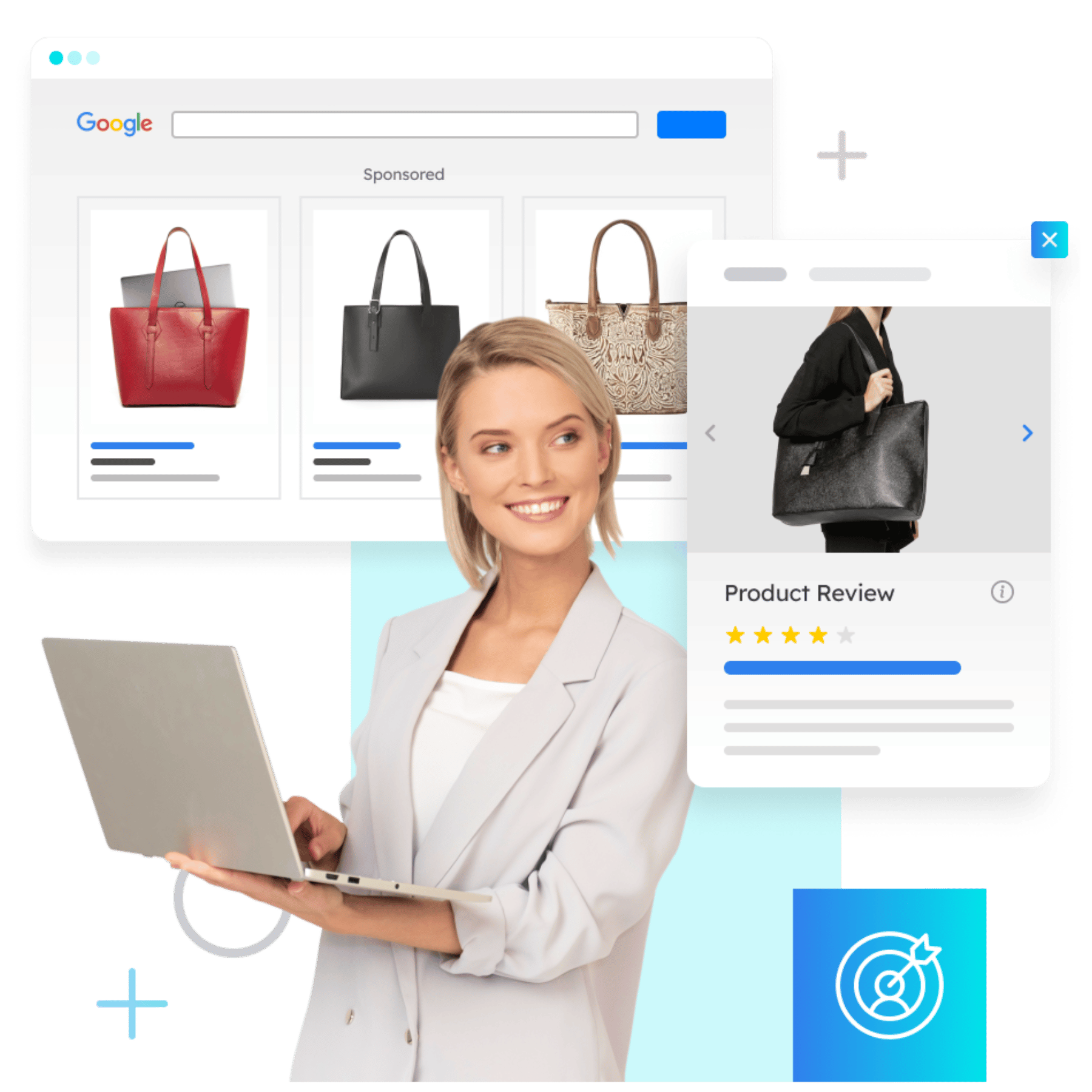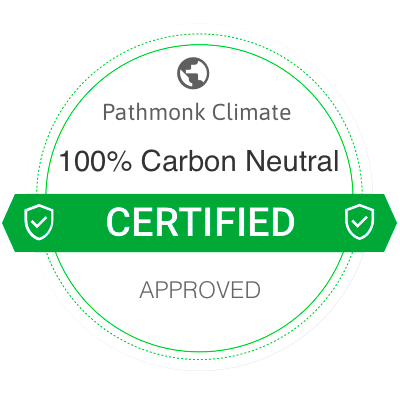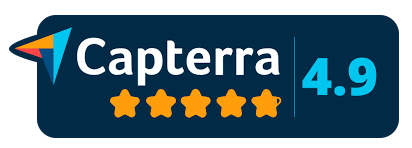
Introduction
In this episode of Pathmonk Presents, we sit down with Katia Bololia, Head of Marketing and E-commerce at Ottoman Hands, a London-based independent jewelry brand.
Discover how Ottoman Hands blends sustainable practices with exquisite craftsmanship, working with small workshops in Istanbul, India, and Afghanistan.
Katia shares her insights on building a high-converting e-commerce website, the importance of clear messaging and product photography, and the challenges of brand awareness in a competitive market.
Learn about their unique collaborations, including an exciting project with Turquoise Mountain, a foundation established by King Charles.
Tune in for valuable tips on e-commerce strategy, customer experience, and the power of storytelling in the jewelry industry.
Increase +180%
leads
demos
sales
bookings
from your website with AI
Get more conversions from your existing website traffic delivering personalized experiences.

Rick Veronese: Pathmonk is the AI for website conversions. With increasing online competition, over 98 percent of website visitors don’t convert. The ability to successfully show your value proposition and support visitors in the buying journey separates you from the competition online. Pathmonk qualifies and converts leads on your website by figuring out where they are in the buying journey and influencing them in key decision moments with relevant micro-experiences like case studies, intro videos, and much more.
Stay relevant to your visitors and increase conversions by 50 percent by adding Pathmonk to your website in seconds, letting the artificial intelligence do all the work while you keep doing marketing as usual. Check us out on pathmonk.com.
Hey everyone, welcome to today’s episode of Pathmonk Presents. Today we are joined by Katia Bololia, head of marketing and e-commerce at Ottoman Hands. Katia, great to have you on the show.
Katia Bololia: Thank you for having me.
Rick: Of course, you’re more than welcome. And I’m sure we’ll have an interesting conversation. So I just want to jump right into it. Katia, can you tell us a little bit about Ottoman Hands? More than anything, what do you guys do? Who do you serve? And if you could give us an idea of what makes your brand stand out in the market, that would be great.
Katia: Yeah, of course. Ottoman Hands is a small independent jewelry brand. It was founded in London on Portobello Road about 15 years ago. This year we will be celebrating our 15th anniversary. It was founded by Denise Gordal, who is Turkish and British, and she brought her culture, inspiration, and heritage from Turkey to London, combining these two to create contemporary jewelry with a little bit of a twist.
What we do is sustainable jewelry. We started using recycled metals all the way back 15 years ago when Denise started. So we have pioneered sustainability from the very beginning. We work with small workshops, predominantly in Istanbul, India, and Afghanistan, to create small batches of jewelry.
Rick: Amazing, I love the focus on sustainability. You mentioned all these workshops that you collaborate with, and you were just talking offline about a collaboration that’s coming up. Can you tell us a little bit more about that?
Katia: One of the workshops we collaborate with is a foundation that was created by King Charles when he was Prince of Wales. It’s called Turquoise Mountain, and it’s based in Kabul, Afghanistan. It nurtures people’s skills in traditional Afghan crafts. Through the Turquoise Mountain Institute, it educates craftsmen, including carpenters, architects, and jewelers.
What we are launching in a few weeks is a very special collection. Denise, our creative director, has worked with the students of Turquoise Mountain, and instead of her designing the collection and Turquoise Mountain producing it, as we have done in past collections, this time she gave a brief to the students learning jewelry-making. Some of the themes she gave them were heritage and love, and they created their own designs in a kind of competition. At the end, Denise and the Ottoman Hands team picked our favorite designs to create a special capsule collection designed and created by the students of Turquoise Mountain.
Rick: That’s awesome! Just imagine being a student and seeing your work out there with a company like yours. That must be pretty exciting.
I’m curious, Katia—what types of customers are the best fit for your products? Because it’s sustainable and quite different, right? Maybe it’s not for me necessarily, maybe more for my wife, but I was just looking at the website earlier. Do you have a specific type of customer that is actually the best fit for Ottoman Hands?
Katia: Obviously, as a brand, we want to cater to everybody from a marketing point of view, but our audience is predominantly women aged 25 to 35. Our key markets are the UK first, followed by the USA, Australia, and Europe.
We try to design jewelry that is more unisex these days. We offer certain pieces that are adjustable. For example, all of our rings are adjustable, so they can fit from a smaller finger to a thicker one. A lot of our chains, like gold chains or pearl necklaces, are also available in longer sizes so men can wear them as well. We see a lot of men wearing our jewelry on Instagram, and we really love it.
We cater to customers who want something a little bit different. Here in Britain, the high street is full of jewelry brands—it’s very competitive. So we try to create jewelry that has a story behind it, doesn’t necessarily follow trends, and remains timeless.
Rick: That makes a lot of sense. And since we’re recording this right around Valentine’s Day, I’m willing to bet your metrics will be a little skewed. I imagine you’ll see lots of partners visiting your website looking for gifts. If women are the majority of your audience, you might get more men than usual this week.
Katia: Absolutely! We do see an increase in male shoppers around Valentine’s Day and Christmas.
Rick: That makes sense. How crucial is your website in your overall e-commerce strategy? Obviously, you’re mainly e-commerce, right? But do you see any standout strengths or areas for improvement on your website?
Katia: We are mainly e-commerce and DTC. We do work with selected stockists worldwide, but when you work with stockists, they only buy a certain amount and range of jewelry. To see the complete collection, you have to visit our website. We also offer online exclusives.
It’s really important for us that when customers land on our website, they immediately understand what the brand stands for, the philosophy behind it, and whether the product is right for them.
Rick: Staying on that note, from your perspective, what are the key elements of a high-converting e-commerce website? And do you have any tools, tactics, or tips you rely on to boost sales?
Katia: The key thing in selling is clarity. There needs to be a really clear message, clear product photography, and clear model photography. Things that seem simple and obvious aren’t always implemented correctly.
As a marketer, I find it frustrating when I land on a website and I’m not sure what they are selling, what I’m supposed to do next, or what I should buy. We live in such a competitive digital world that it’s difficult to stand out. We need to make it easy for customers.
I always ensure that text and copy are as clear as possible. My rule of thumb is that even a nine-year-old should understand what we’re talking about. Fashion and jewelry often get poetic and overly descriptive. I prefer to keep it simple—just tell me if it’s long or short.
The website must also be informative. Customers should know the size, weight, metal type, and gemstones. Since we work with natural gemstones, colors can vary, so we make sure to communicate that clearly. Transparency is key—customers should have a seamless experience from purchase to delivery.
Rick: That makes sense. You have to be clear because customers can’t touch or try the product. It’s all about transparency.
Katia: Exactly! It’s frustrating when you don’t know how big an item is. An earring could be tiny or oversized, and pictures alone don’t always help. We’re moving toward more transparency, and I want to know who made the pieces I wear and where they come from.
Rick: Katia, I want to thank you for being on the show today. Before we close, if someone forgets everything we talked about, what’s the one thing they should remember about Ottoman Hands?
Katia: The most important thing is communicating clearly what we do. If someone lands on our homepage and immediately understands what we’re about, that’s a success for me.
Rick: Perfect! Let’s close by sending everyone to Ottoman Hands so they can see the amazing work you’re doing. Katia, thanks again!
Katia: Thank you so much for having me!











